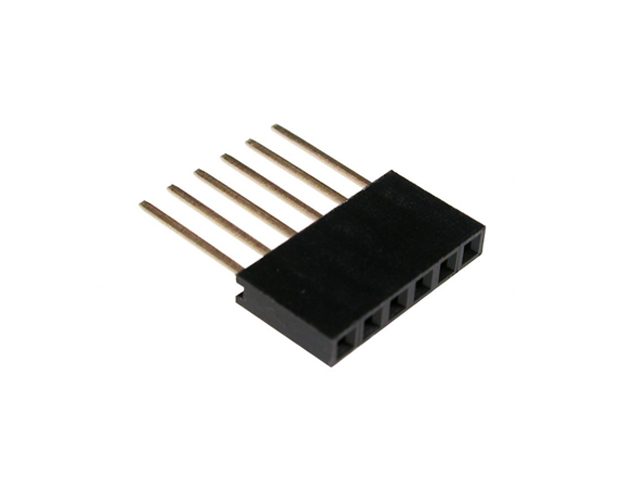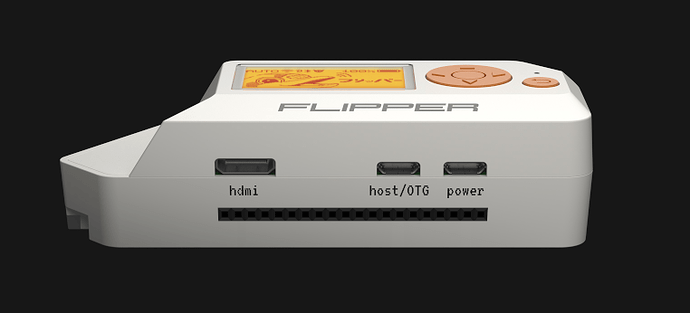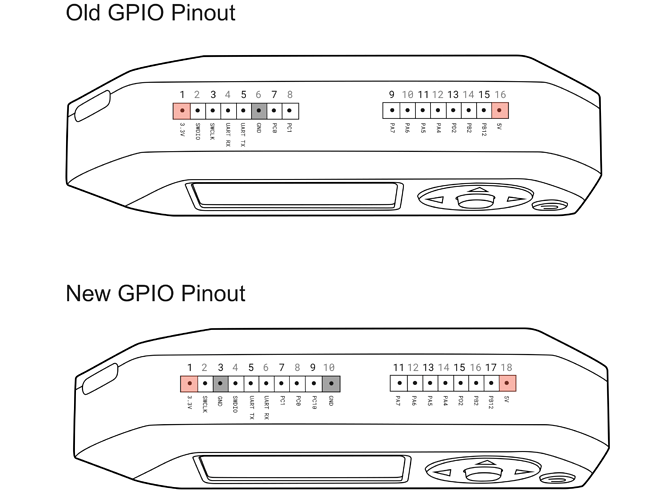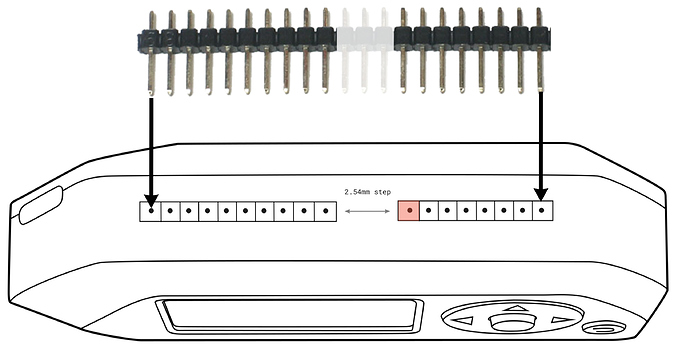It’s nice to have native instruments in multitool, but when your screwdriver not suitable — there is a chance that you can use knife blade.
I think it’s nice idea to make unused raspberry gpio accessible through standart pin header on a side of Flipper.




